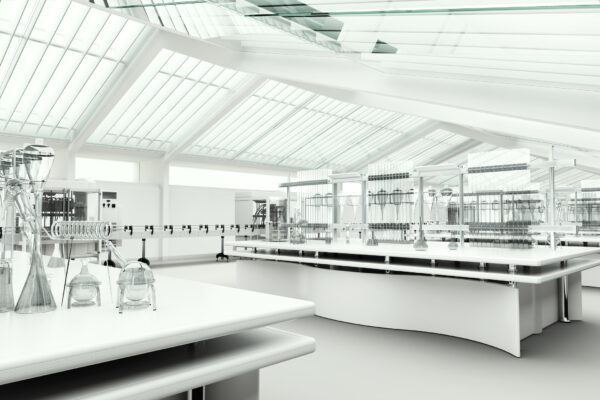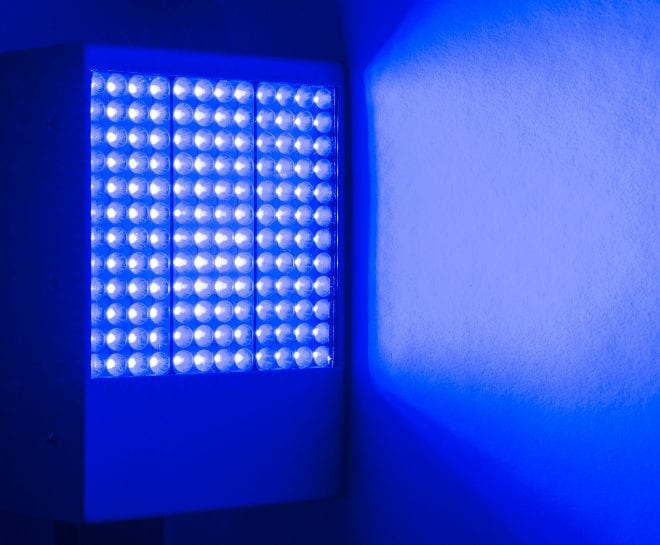UV Disinfection: The Cutting-Edge Modern Technology Changing Sanitation Practices
In the realm of cleanliness methods, one technology has become a game-changer: UV disinfection. With its capability to remove damaging microorganisms, this sophisticated modern technology is transforming the way we come close to sanitation and hygiene. Exactly how does UV disinfection job, and what are the benefits it uses? From medical care setups to food handling, UV disinfection is making its mark in numerous markets. In this discussion, we will certainly discover the complexities of this transformative technology and expect its appealing future.
Exactly How UV Sanitation Functions
UV disinfection works by making use of ultraviolet light to damage or inactivate microbes, supplying a extremely reliable and chemical-free approach of cleanliness. This innovation utilizes the power of short-wavelength UV-C light, which is qualified of damaging the DNA and RNA of bacteria, hence rendering them unable to trigger and replicate harm.
The process starts with the setup of UV disinfection systems, which contain UV lights that send out UV-C light. These lamps are tactically put in locations where microbial contamination is an issue, such as water treatment plants, medical facilities, laboratories, and food processing centers.
When bacteria are subjected to UV-C light, the photons penetrate their cell wall surfaces and get to the DNA and RNA inside. The high-energy UV-C photons interrupt the genetic material by creating bonds between nearby nucleotides, leading to the development of thymine dimers. These dimers avoid the microbes from reproducing, providing them harmless.
UV sanitation is very effective against a wide variety of microorganisms, including microorganisms, infections, and parasites. It is specifically efficient against waterborne microorganisms like E. coli, Giardia, and Cryptosporidium. UV disinfection is a chemical-free technique, getting rid of the requirement for possibly hazardous anti-bacterials and reducing the threat of unsafe disinfection byproducts.
Advantages of UV Sanitation
UV disinfection offers numerous benefits in the area of sanitation, making it an extremely favored technique for successfully eliminating harmful microorganisms. Unlike typical disinfection methods that count on chemicals, UV sanitation makes use of ultraviolet light to damage the DNA of microorganisms, making them incapable to replicate and create infections.

UV sanitation is additionally extremely flexible in its applications. It can be used in different setups, consisting of hospitals, schools, food handling centers, and water therapy plants. UV disinfection systems can be easily integrated into existing sanitation methods, providing an added layer of protection against infectious conditions.
Along with its effectiveness and convenience, UV sanitation is likewise eco-friendly. It does not generate any kind of unsafe byproducts or residues, making it a lasting and risk-free method for hygiene - uv surface disinfection. UV disinfection needs marginal maintenance and has a long life expectancy, resulting in price savings in the long run.
UV Disinfection in Healthcare Setups
In health care setups, UV disinfection has actually emerged as an innovative method for effectively removing harmful bacteria. UV disinfection works by giving off ultraviolet light at a specific wavelength that is dangerous to germs, infections, and other bacteria.
Firstly, UV sanitation is a non-chemical method, making it an eco friendly choice compared to conventional sanitation methods that often entail the use of severe chemicals. Making use of UV light gets rid of the need for chemical anti-bacterials, decreasing the risk of hazardous deposit or chemical direct exposure to both people and healthcare employees.
In addition, UV sanitation is highly efficient in eliminating a large range of microorganisms, including drug-resistant germs such as MRSA and C. difficile. It gives a regular and reputable disinfection process, ensuring that all surfaces and equipment are thoroughly decontaminated, even in hard-to-reach areas.

UV Disinfection in Food Handling
The application of UV sanitation extends past medical care settings and finds substantial value in the realm of food handling. uv surface disinfection. UV disinfection technology is coming to be significantly popular in the food industry as a result of its Home Page capability to successfully eliminate unsafe virus and improve food safety
Among the major advantages of UV disinfection in food processing is its ability to target a vast array of microbes, including mold and mildews, viruses, and bacteria. By using UV light at certain wavelengths, it is feasible to disrupt the DNA and RNA of these microorganisms, making them not able to trigger or replicate damage. This innovation can be put on numerous phases of the food processing chain, including surface area sanitation, devices sanitation, and water therapy.
UV sanitation offers a non-thermal and chemical-free approach of sterilizing food products. Unlike standard sanitation techniques that count on chemicals or heat, UV innovation does not leave any residue or modify the preference, texture, or nutritional value of the food. This makes it an ideal remedy for industries that call for stringent adherence to high quality standards.
Furthermore, UV sanitation systems are simple to set up and operate, calling for minimal maintenance. They can be incorporated into existing processing lines without creating substantial interruptions to the production process. Additionally, UV systems have a quick treatment time, enabling for constant processing and lowering downtime.
The Future of UV Disinfection

One area where UV disinfection is anticipated to make significant innovations is in the field of healthcare. With the surge of antibiotic-resistant germs and the requirement for extra effective sanitation methods, UV light has the possible to play a vital role in decreasing healthcare-associated infections. UV disinfection systems can be utilized to sanitize surfaces, devices, and also the air in medical care centers, aiding to stop the spread of harmful microorganisms and enhance client security.
An additional industry that can gain from developments in UV disinfection modern technology is the food market. UV light has actually currently confirmed to be an effective method for sanitizing food items and lowering the risk of foodborne ailments. As innovation enhances, we can anticipate to see a lot more effective and cost-effective UV sanitation systems being applied in food handling plants, making sure that the food we consume is secure and without dangerous microorganisms.
Verdict
In verdict, UV sanitation is a sophisticated innovation that is transforming hygiene techniques in health care setups and food handling. By using UV light to eliminate or shut off microorganisms, it supplies many advantages such as performance, safety and security, and effectiveness. With recurring Visit Your URL improvements in this field, UV sanitation holds great prospective for the future of hygiene, offering a sustainable and trustworthy solution for preserving tidy and sanitary settings.
UV disinfection is a chemical-free approach, eliminating the requirement for possibly hazardous disinfectants and decreasing the danger of damaging sanitation by-products.
Unlike traditional disinfection approaches that count on chemicals, UV disinfection utilizes ultraviolet light to ruin the DNA of microorganisms, rendering them unable to reproduce and create infections. Unlike conventional sanitation approaches that count on chemicals or heat, UV modern technology does not leave any kind of deposit or alter the taste, appearance, or dietary worth of the food. As modern technology improves, we can expect to see extra cost-efficient and reliable UV disinfection systems being executed in food processing plants, making sure that the food we take in is secure and totally free from dangerous microorganisms.
In verdict, UV disinfection is a sophisticated modern technology that is transforming sanitation practices in health care setups and food processing.